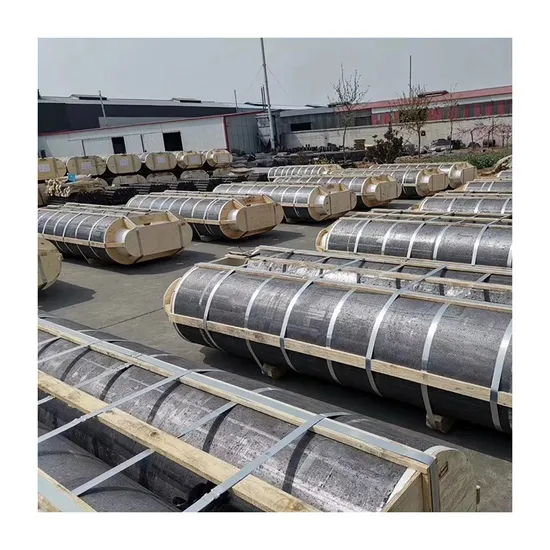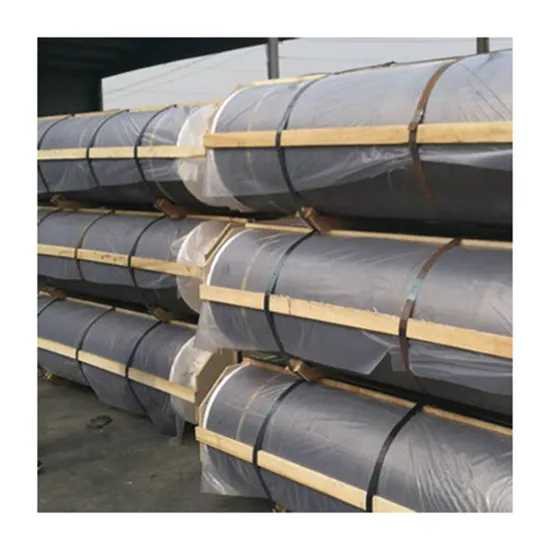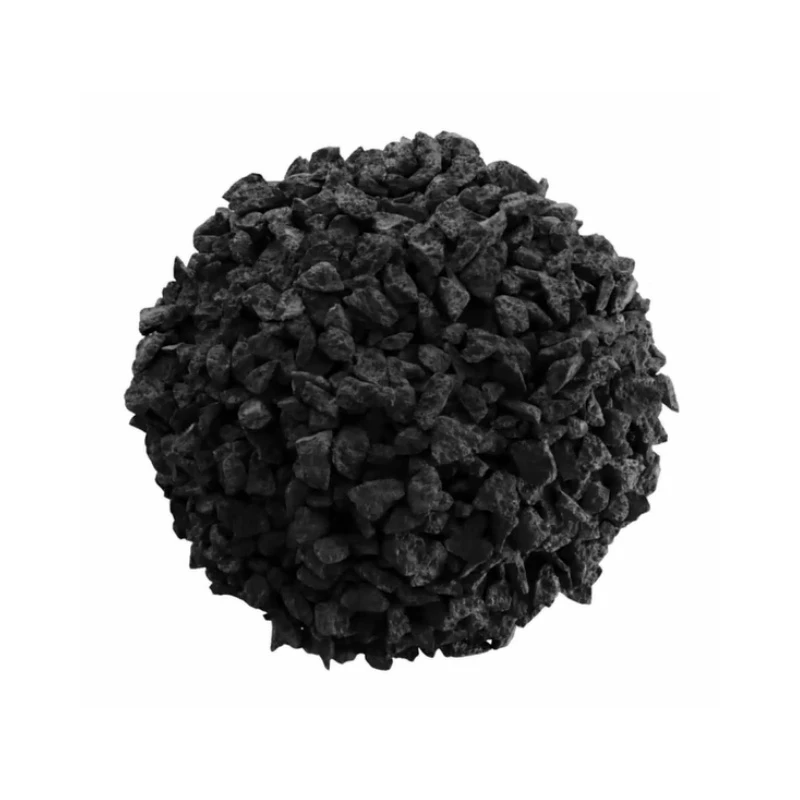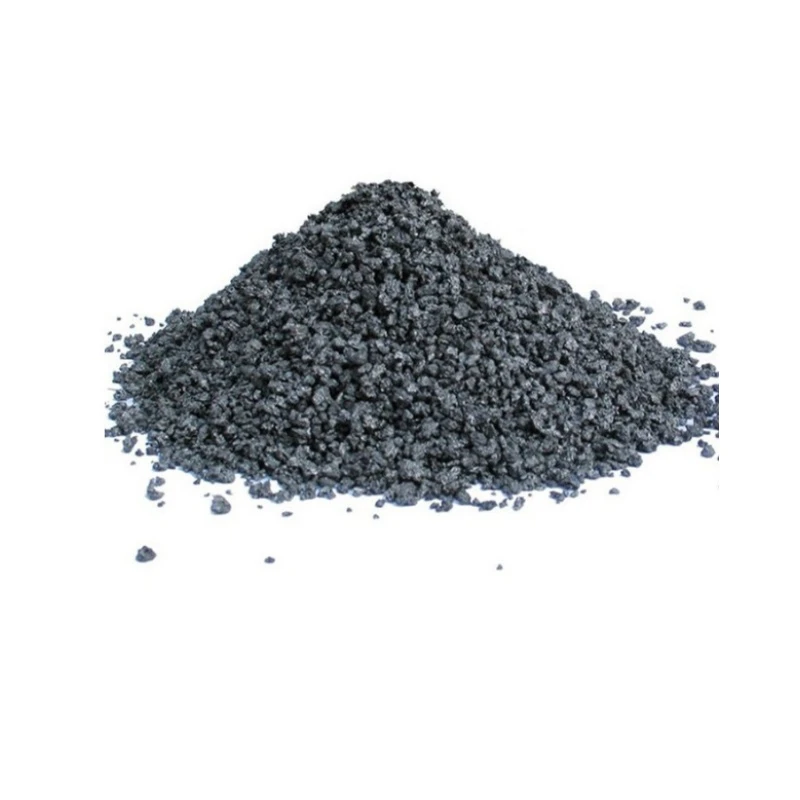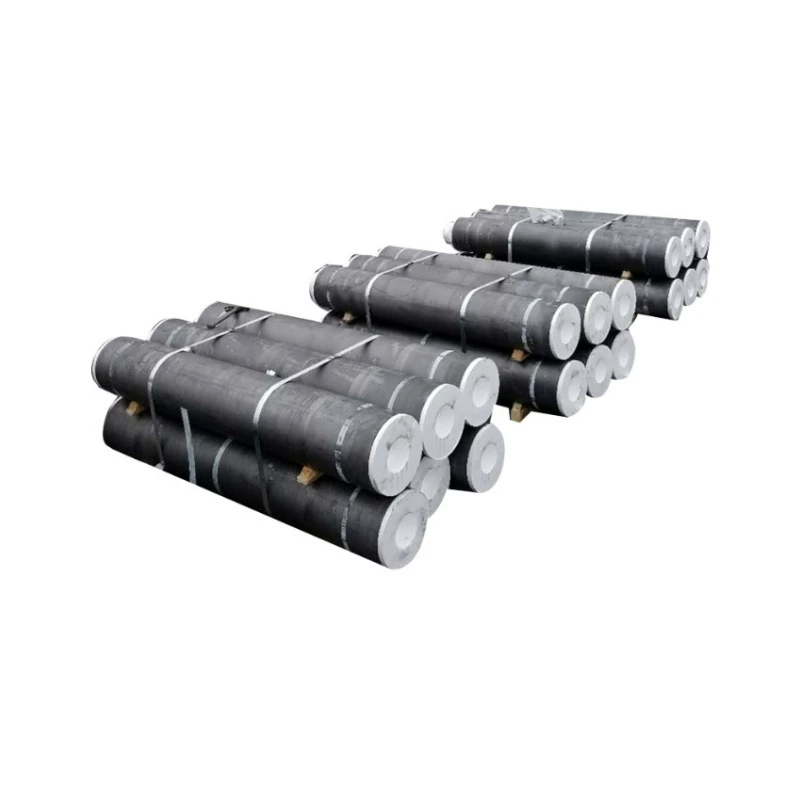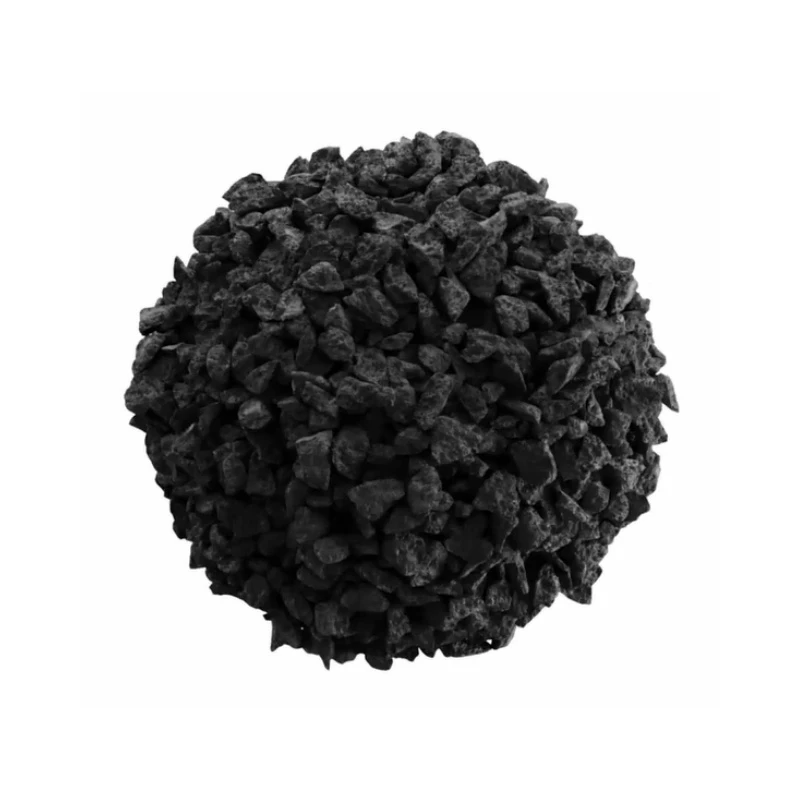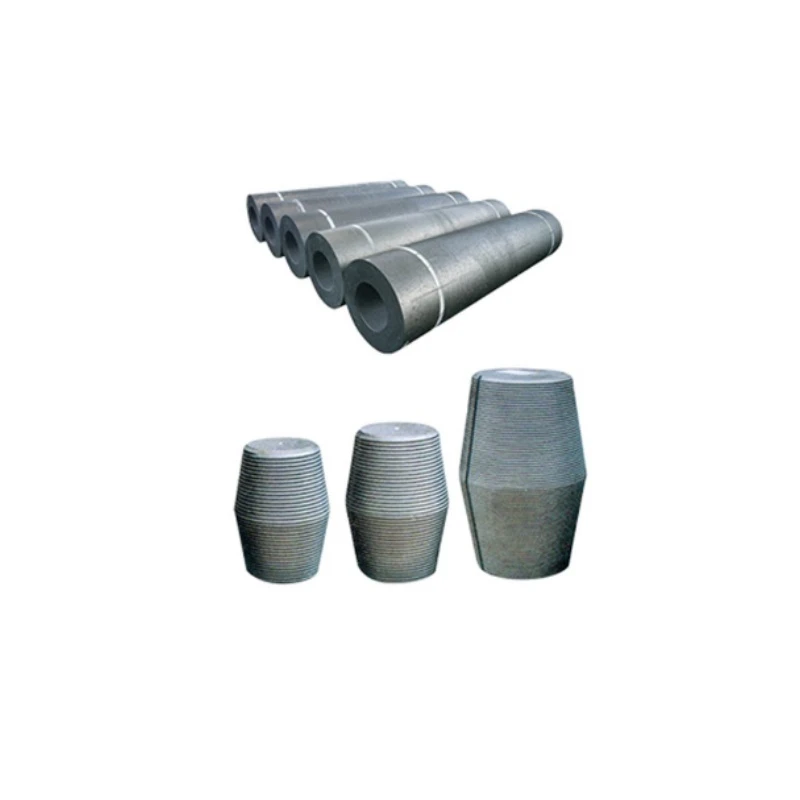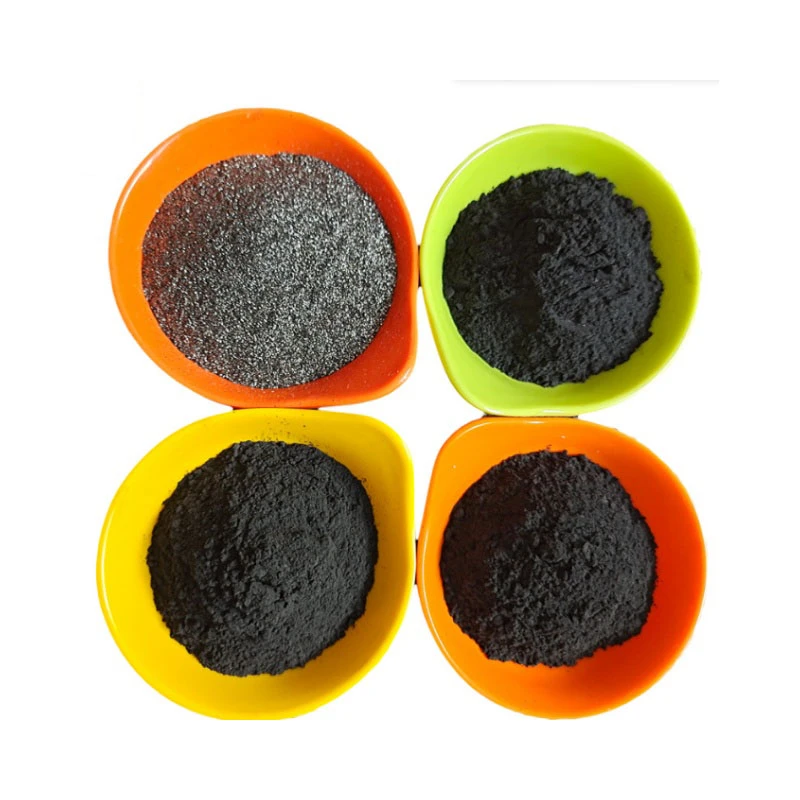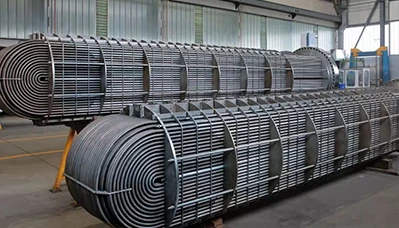- Englist


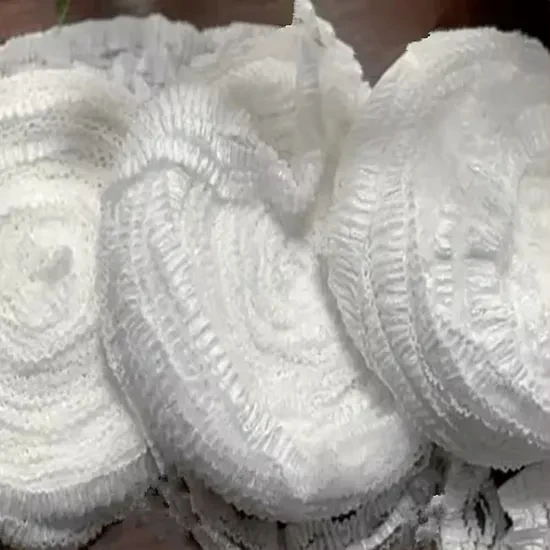
- Introduction to Carbon and Graphite Materials
- Technical Advantages: Carbon Rod vs Graphite Rod
- Manufacturer Comparison: Performance Metrics
- Custom Solutions for Industry-Specific Needs
- Application Case Studies
- Choosing the Right Material for Your Project
- Future Trends in Carbon and Graphite Technology

(carbon rod vs graphite)
Understanding Carbon Rod vs Graphite Rod
Carbon and graphite rods are widely used in industrial applications, but their distinct properties often lead to confusion. Carbon rods, composed of amorphous carbon, offer high durability and thermal resistance. Graphite rods, made from crystallized carbon, excel in electrical conductivity and lubrication. A key distinction lies in their atomic structures: graphite’s layered lattice enables smoother electron transfer, while carbon’s randomized bonds enhance mechanical strength. For example, graphite rods exhibit a conductivity of 104 S/m, compared to carbon rods’ 102 S/m, making them ideal for electrodes in high-current environments.
Technical Advantages of Each Material
When evaluating carbon rods versus graphite rods, technical specifications play a critical role. Below is a comparative analysis:
| Property | Carbon Rod | Graphite Rod |
|---|---|---|
| Tensile Strength (MPa) | 120-150 | 50-80 |
| Thermal Conductivity (W/m·K) | 6-10 | 90-120 |
| Electrical Resistivity (μΩ·m) | 40-60 | 8-12 |
| Max Operating Temperature (°C) | 3,000 | 3,500 |
Carbon rods outperform in mechanical stress scenarios, while graphite dominates in thermal and electrical applications.
Manufacturer Comparison: Key Metrics
Leading manufacturers like Company A (carbon specialists) and Company B (graphite-focused) provide varying solutions:
| Vendor | Material Type | Price per Unit ($) | Lead Time (Days) |
|---|---|---|---|
| Company A | Carbon Rod | 25-35 | 14 |
| Company B | Graphite Rod | 45-60 | 21 |
| Company C | Hybrid Solutions | 70-90 | 30 |
Hybrid solutions from Company C blend carbon and graphite, catering to niche applications requiring balanced properties.
Custom Solutions for Industry Needs
Tailored configurations address sector-specific challenges. In aerospace, carbon rods with 20% silicon carbide coatings withstand extreme vibration (tested up to 15,000 RPM). For semiconductor manufacturing, ultra-pure graphite rods (99.999% purity) minimize contamination risks. Automotive clients often opt for carbon-graphite composites, reducing component weight by 30% while maintaining structural integrity.
Application Case Studies
Case 1: A battery manufacturer switched to graphite rods for lithium-ion production, achieving a 22% efficiency boost due to lower resistivity. Case 2: A steel plant using carbon rods in furnace systems reported a 40% longer lifespan compared to previous alumina-based components. Case 3: Graphite rods in EDM machining reduced electrode wear by 60%, lowering per-unit costs by $18.
Selecting Between Carbon and Graphite
Decision factors include budget, operational environment, and performance thresholds. Carbon suits high-impact, moderate-temperature scenarios (e.g., mechanical seals), whereas graphite is preferable for conductive, high-temperature uses (e.g., arc furnaces). For budgets under $50/unit, carbon rods provide cost-effective durability.
Carbon vs Graphite Rod: Evolving Innovations
Emerging technologies like nano-enhanced graphite (20% higher conductivity) and carbon-fiber-reinforced rods (50% lighter) are reshaping industrial standards. Research indicates the global graphite rod market will grow at 6.8% CAGR through 2030, driven by renewable energy demands. Manufacturers investing in AI-driven material optimization report 15% faster production cycles, ensuring these components remain vital across sectors.
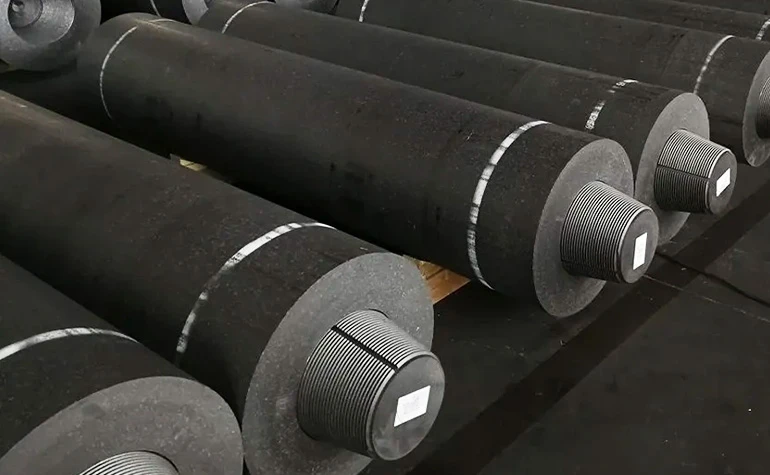
(carbon rod vs graphite)
FAQS on carbon rod vs graphite
Q: What is the main difference between a carbon rod and a graphite rod?
A: Carbon rods are made from amorphous carbon, offering higher density and rigidity. Graphite rods use crystalline carbon (graphite), providing better thermal resistance and conductivity. Their structural composition dictates distinct applications.
Q: When should I choose a graphite rod over a carbon rod?
A: Opt for graphite rods in high-temperature environments or electrical applications due to their superior conductivity and heat resistance. Carbon rods are better for mechanical strength and wear resistance. Material requirements dictate the choice.
Q: Are graphite rods more conductive than carbon rods?
A: Yes, graphite rods excel in electrical and thermal conductivity due to their layered crystalline structure. Carbon rods have lower conductivity but higher mechanical durability. This makes graphite ideal for electrodes and heating elements.
Q: How does density differ between carbon and graphite rods?
A: Carbon rods are denser and harder, suited for structural applications. Graphite rods are lighter and less dense because of their porous crystalline lattice. Density impacts their use in weight-sensitive or high-stress scenarios.
Q: Can carbon rods and graphite rods be used interchangeably?
A: Not always—graphite rods perform better in conductive or high-heat settings, while carbon rods excel under mechanical stress. Application-specific properties like temperature and load determine compatibility. Always verify material specifications first.





 Pervious
Pervious
 Next
Next
